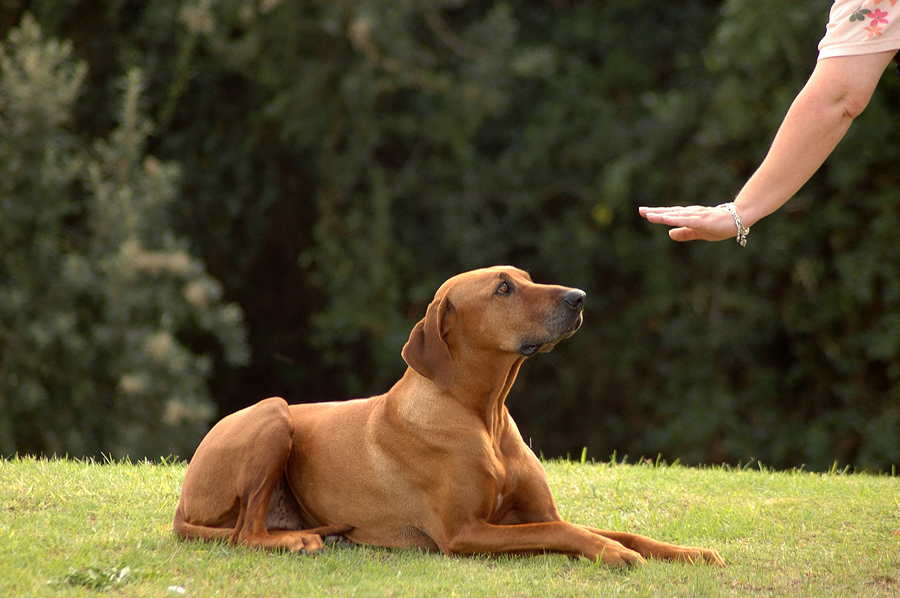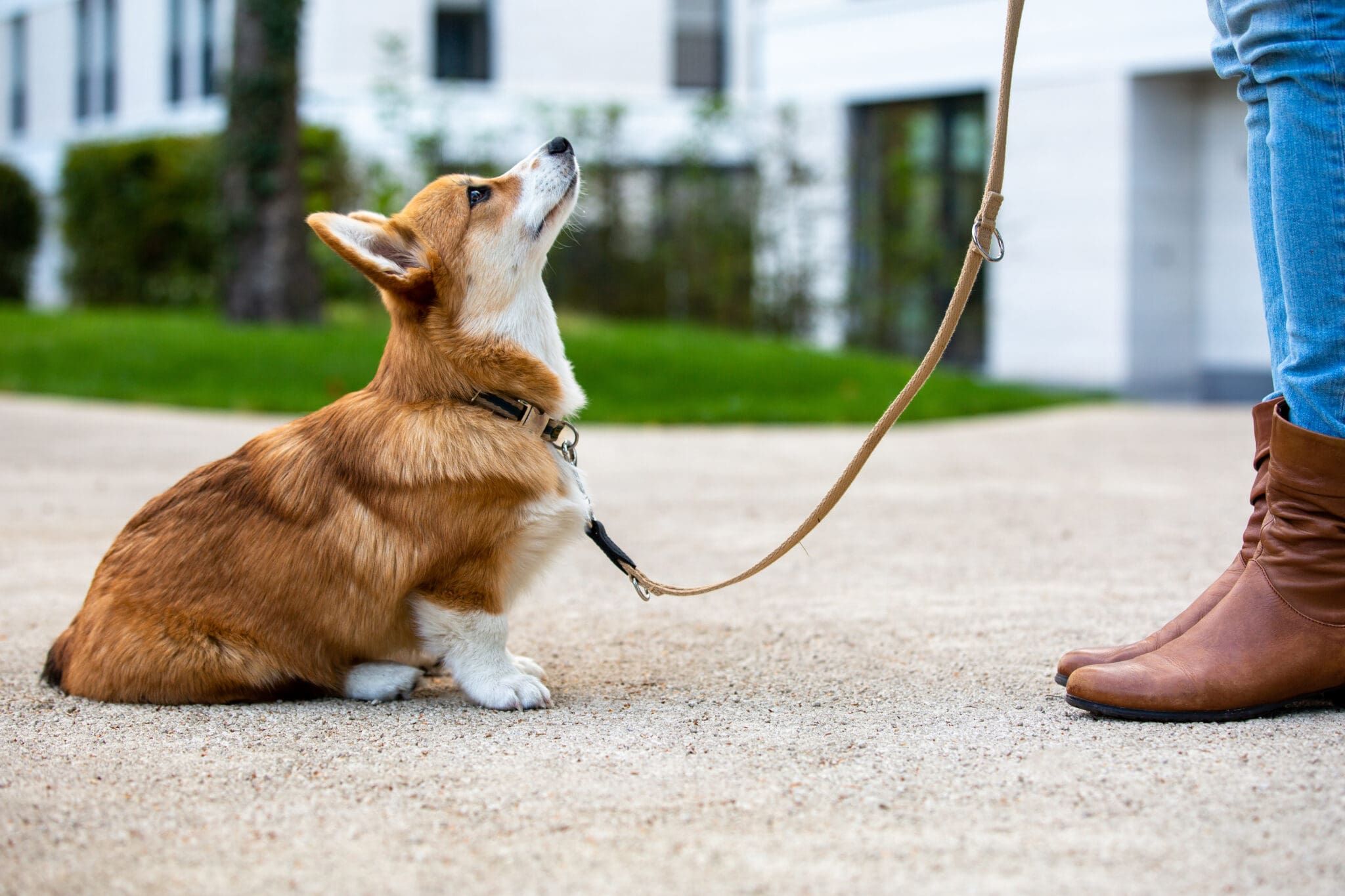Essential Tips for Successful Dog Training: A Guide for Beginners
Essential Tips for Successful Dog Training: A Guide for Beginners
Blog Article
Novice's Guide to Successful Canine Training at Home
Effectively training a dog at home needs a nuanced understanding of canine habits and efficient interaction approaches. Establishing clear training objectives, utilizing high-grade rewards, and keeping uniformity across family participants are crucial aspects. Incorporating training right into daily routines can boost both engagement and retention.
Understanding Canine Habits
Comprehending canine behavior is important for efficient training and promoting a harmonious relationship in between humans and their canine friends. Pet dogs connect largely via body movement, articulations, and face expressions, making it important for owners to translate these signals accurately. Recognizing actions such as tail wagging, grumbling, or trembling can give understandings right into a pet's emotional state and intents.

Usual behavioral problems, such as hostility, anxiousness, or excessive barking, usually stem from misconceptions or unmet needs. Observing and resolving these issues quickly can prevent escalation and make sure a positive training experience. By cultivating a deep understanding of dog actions, owners can tailor their training methods to fit their canine companions, inevitably causing a mannerly and contented pet dog.
Necessary Educating Devices
A well-equipped training space can dramatically enhance the effectiveness of pet dog training at home. Vital training devices make certain that both the fitness instructor and the pet can involve in efficient sessions that foster learning and bonding.

Purchasing a sturdy chain and a comfy, well-fitting collar or harness is vital for safety and security and control. These tools aid develop boundaries and make sure the canine stays secure throughout training. Furthermore, a designated training location, without disturbances, aids concentration for both the dog and the trainer.
Educating aids such as training pads, cones, or agility devices can additionally boost the experience by presenting range and difficulties. Having a note pad or electronic app for tracking progression can be important, permitting you to note successes and areas for improvement. Using these necessary tools will produce a favorable training environment and lay the foundation for efficient understanding.
Producing an Educating Regimen
Developing a consistent training routine is vital for reliable canine training in the house. A well-structured routine not only aids in enhancing desired habits however likewise gives your dog with a sense of safety and predictability. To create an efficient training regular, start by recognizing specific training objectives, such as review basic commands, leash walking, or house-breaking.
Choose an assigned time daily for training sessions, preferably when your pet dog is responsive and sharp. Procedure needs to be short, roughly 5 to 15 minutes, to preserve focus and prevent tiredness. Consistency in timing and atmosphere will certainly boost your pet dog's understanding experience.
Integrate training into day-to-day activities to strengthen skills. Practice commands throughout strolls or mealtime, which incorporates discovering right into natural regimens. Additionally, continue to be flexible and readjust the regular as required, fitting your pet dog's power degrees and state of mind.
Positive Support Techniques
Favorable reinforcement methods are essential to efficient pet training, advertising preferred behaviors through incentives instead of punishment. This technique makes use of favorable stimuli, such as treats, praise, or playtime, to urge canines to duplicate certain activities. The cornerstone of this technique is timing; incentives need to be provided right away following the wanted habits to produce a clear association.
When implementing positive support, it is necessary to pick rewards that are motivating for your canine. High-value deals with, Continue such as little items of poultry or cheese, can be specifically efficient throughout training sessions. Additionally, varying the rewards can keep your pet's passion and excitement.
Begin with basic commands, like "sit" or "stay," and progressively development to extra complicated tasks. Consistency is crucial; make sure that all family participants make use of the exact same commands and reward systems to avoid confusion.
Moreover, it is essential to stay patient and stay clear of stress. Pets, like human beings, discover at their own pace. By fostering a supportive training environment with favorable support, you can enhance your pet's knowing experience while enhancing the bond in between you and your fuzzy companion, preparing for successful training end results.
Common Educating Obstacles
While training a canine in the house can be a fulfilling experience, it commonly features a collection of common difficulties that can test both persistence and consistency. One common problem is distraction. Canines may end up being quickly sidetracked by noises, movements, or even fragrances in their environment, making it hard to keep their emphasis throughout training sessions.
An additional obstacle is inconsistency in commands and reinforcement. It can prevent and puzzle the dog progress if household members make use of various hints or rewards. Establishing a unified technique is important for reliable communication.
In addition, canines can experience irritation or stress and anxiety, especially if they do not understand what is anticipated of them. This can cause undesirable habits, such as eating or barking.
Finally, the timing of support is vital (Dog training). Delayed rewards can decrease the effectiveness of favorable support, as canines may fail to connect the actions with the benefit
Getting over these difficulties needs commitment, clear interaction, and a structured training strategy. Acknowledging and addressing these usual challenges will lead the way for a more effective and delightful training experience in the house.
Final Thought
In conclusion, successful dog training in the house necessitates a comprehensive understanding of canine habits Find Out More and reliable interaction techniques. By developing clear training objectives and using high-grade treats alongside favorable reinforcement, the training process comes to be more gratifying for both the instructor and the canine. Adaptability, uniformity, and perseverance are crucial components that assist in understanding. Ultimately, incorporating training right into daily routines enhances the bond between canine and proprietor, making the experience both productive and pleasurable.
Establishing a consistent training regimen is necessary for reliable pet dog training at home.Favorable reinforcement methods are essential to efficient canine training, promoting desired habits through rewards rather than penalty (Dog training). By fostering a supportive training environment via favorable reinforcement, you can enhance your canine's knowing experience while reinforcing the bond between you and your furry companion, laying the foundation for effective training outcomes
In verdict, successful dog training at home demands a detailed understanding of canine actions and efficient communication techniques. By developing clear training objectives and using high-grade deals with alongside positive reinforcement, the training procedure ends up being more gratifying for both the canine and the instructor.
Report this page